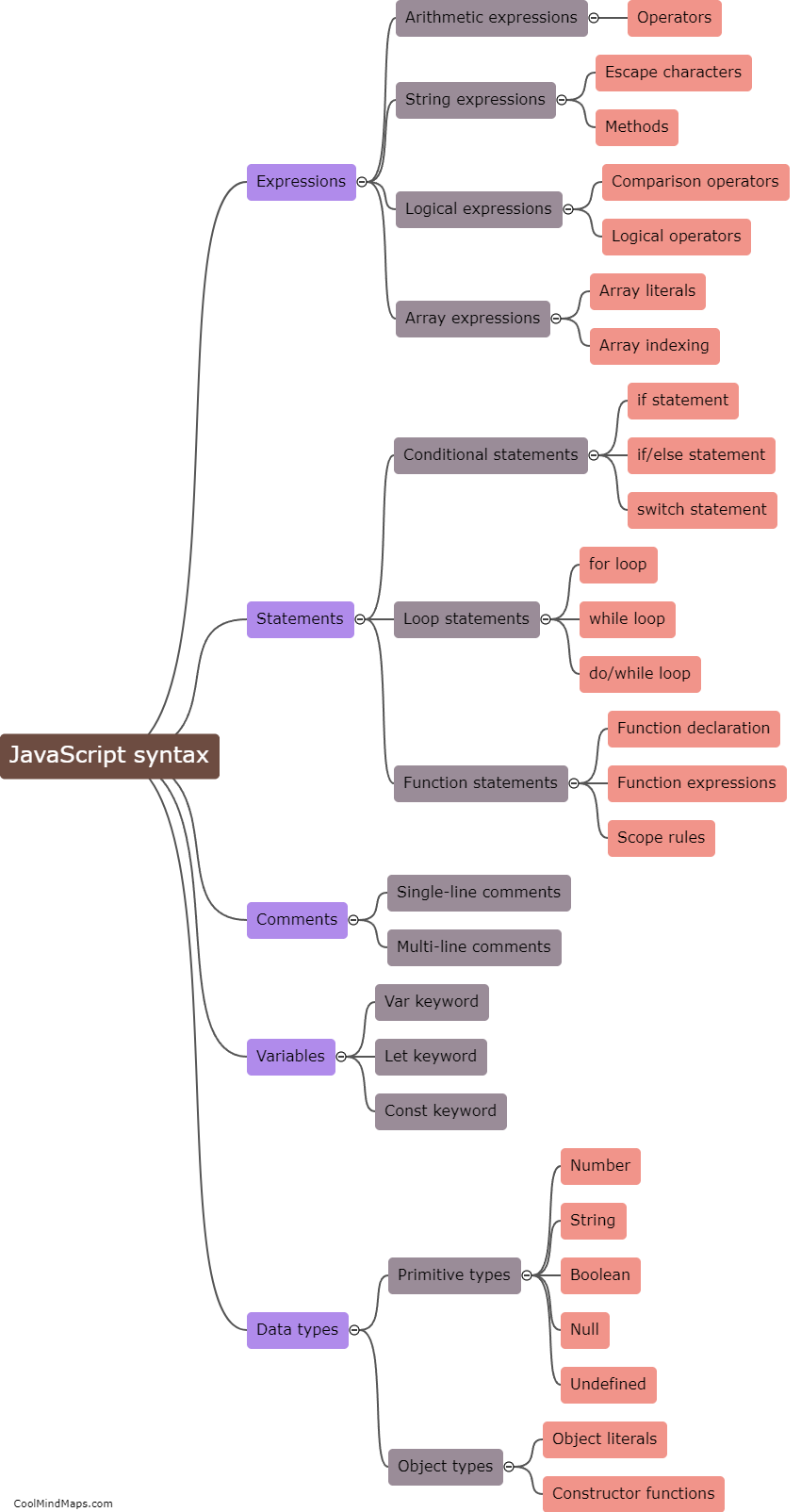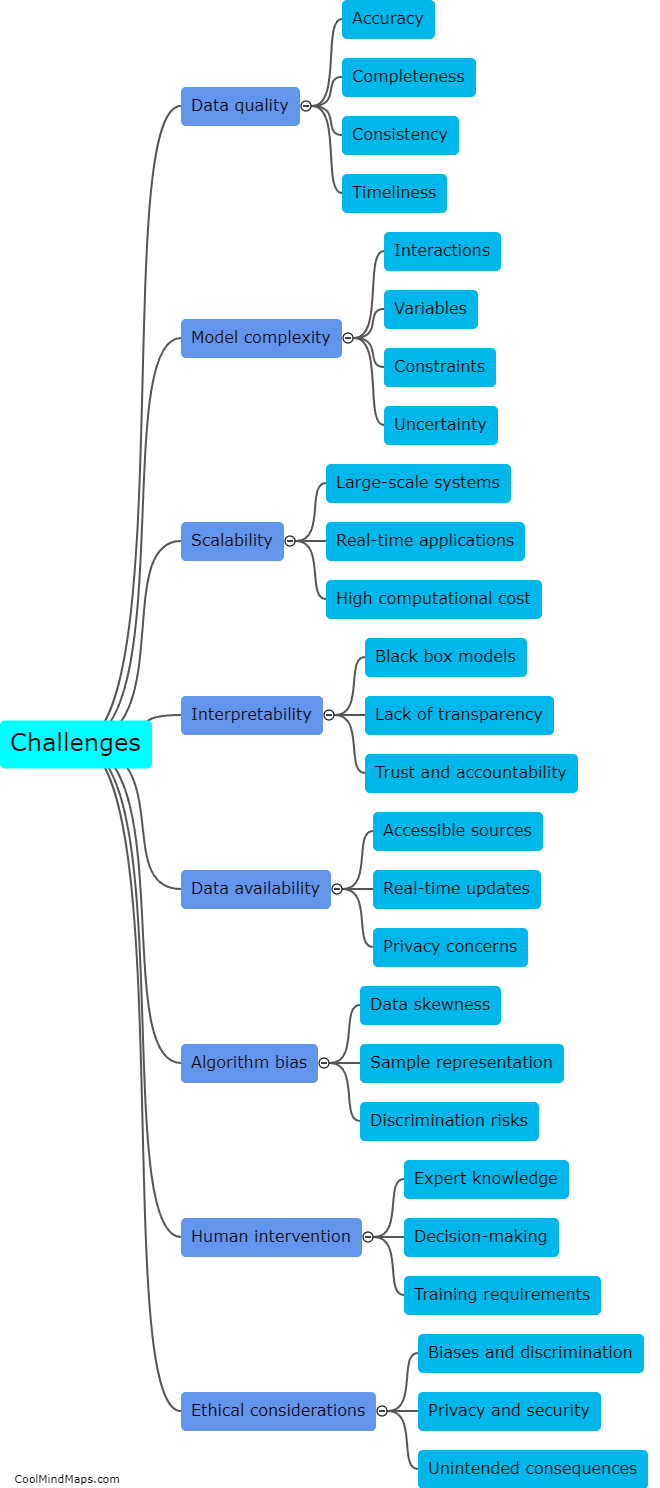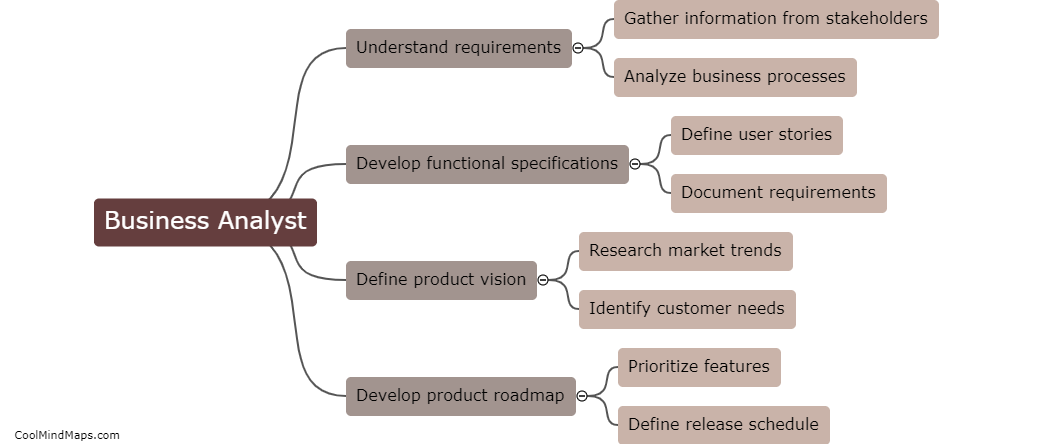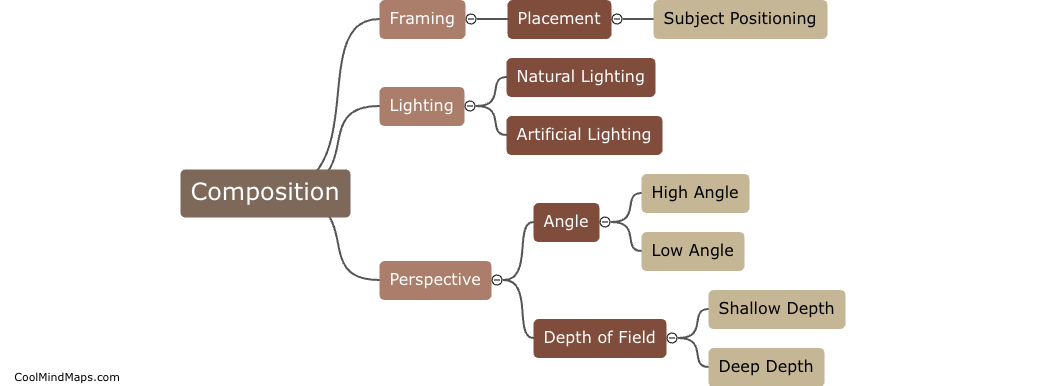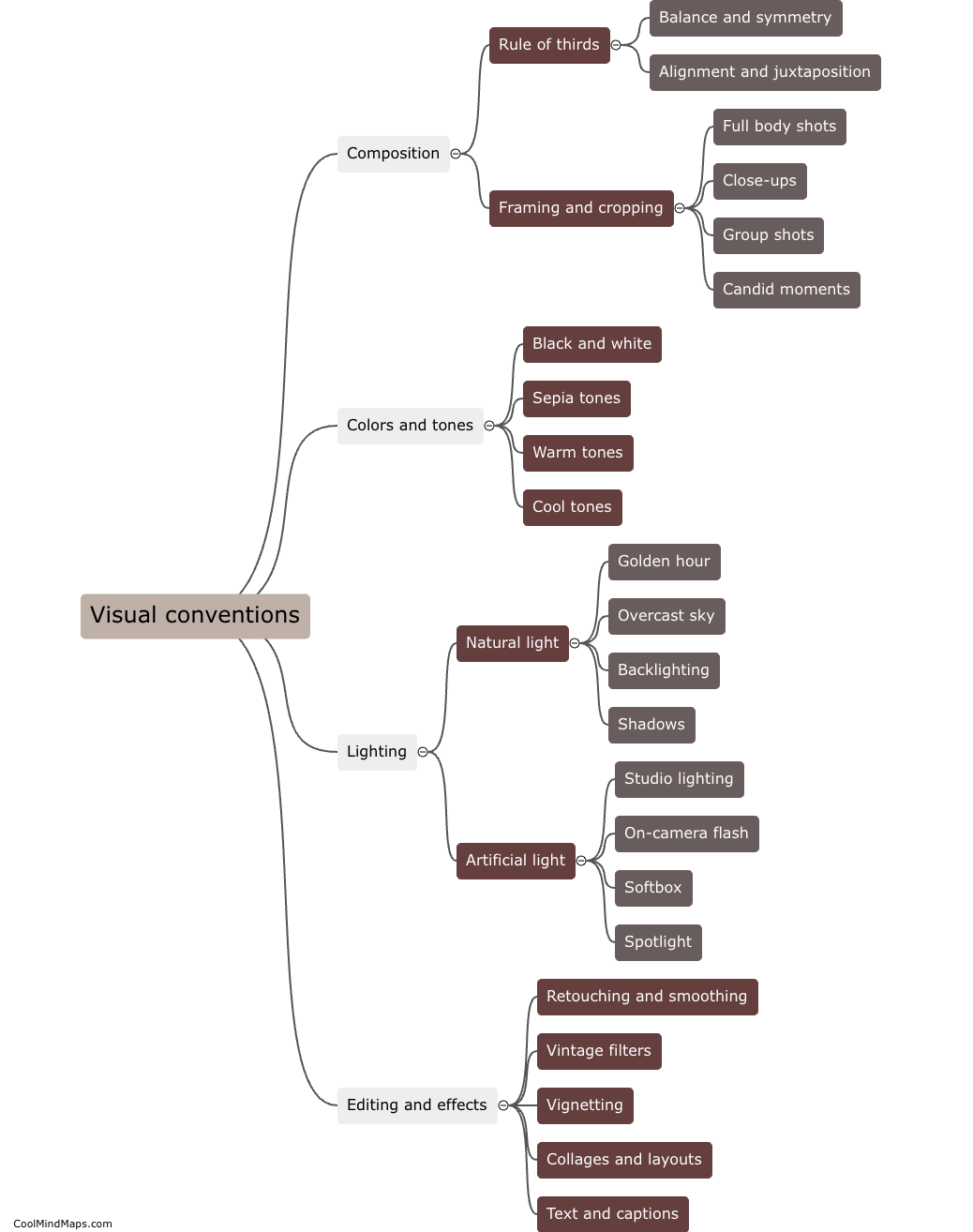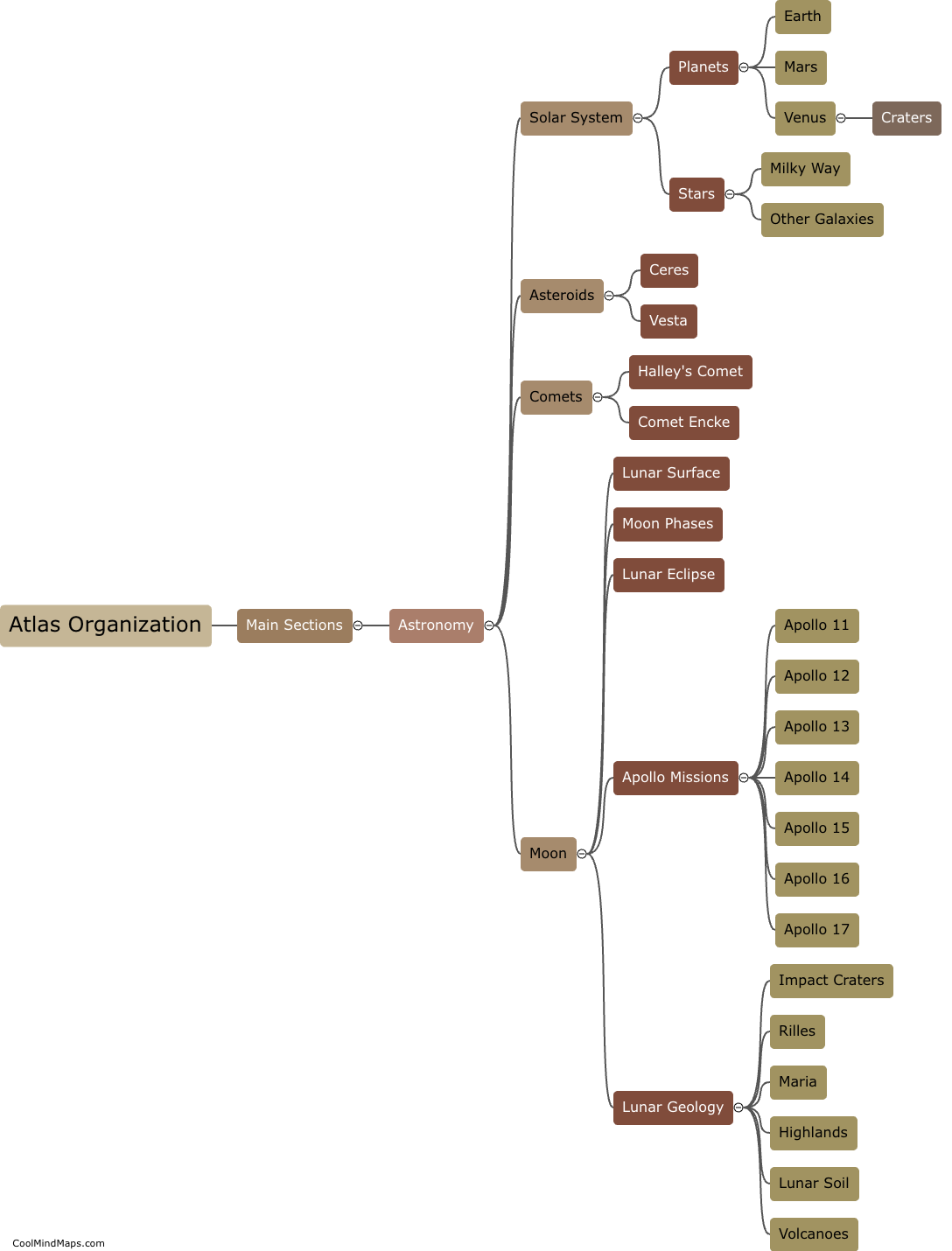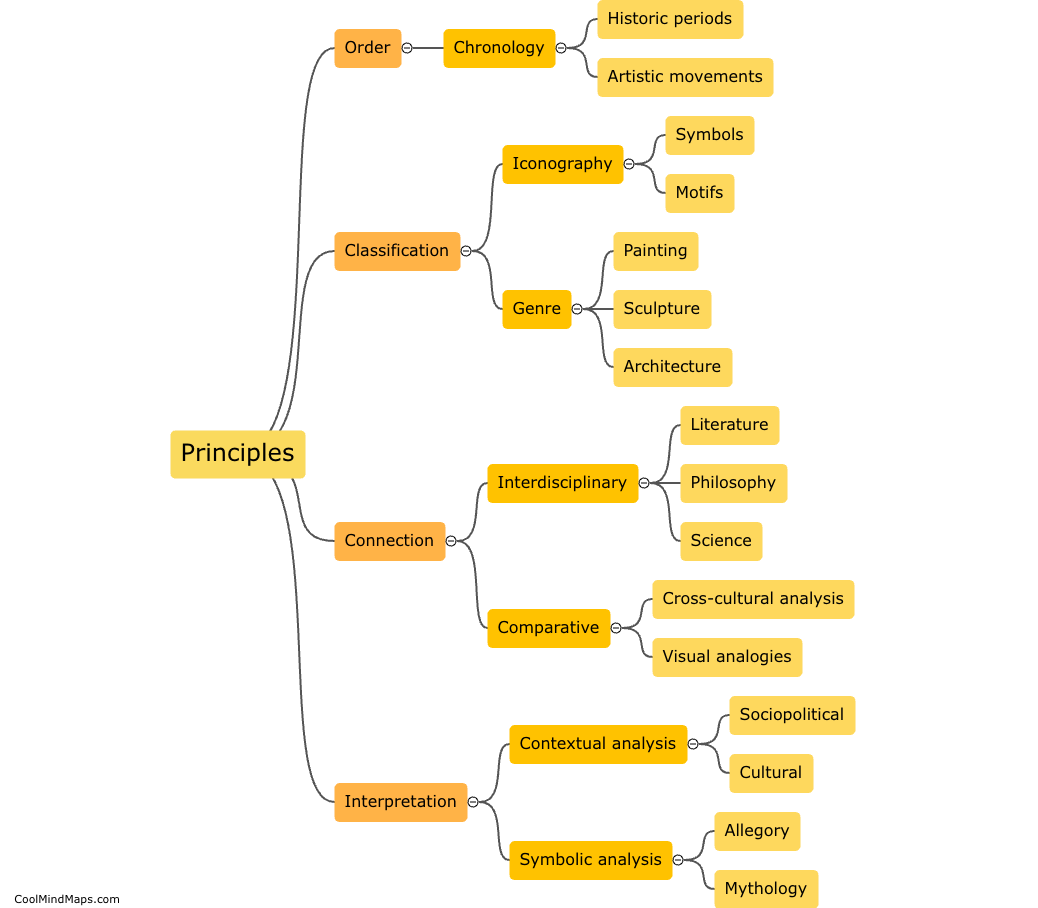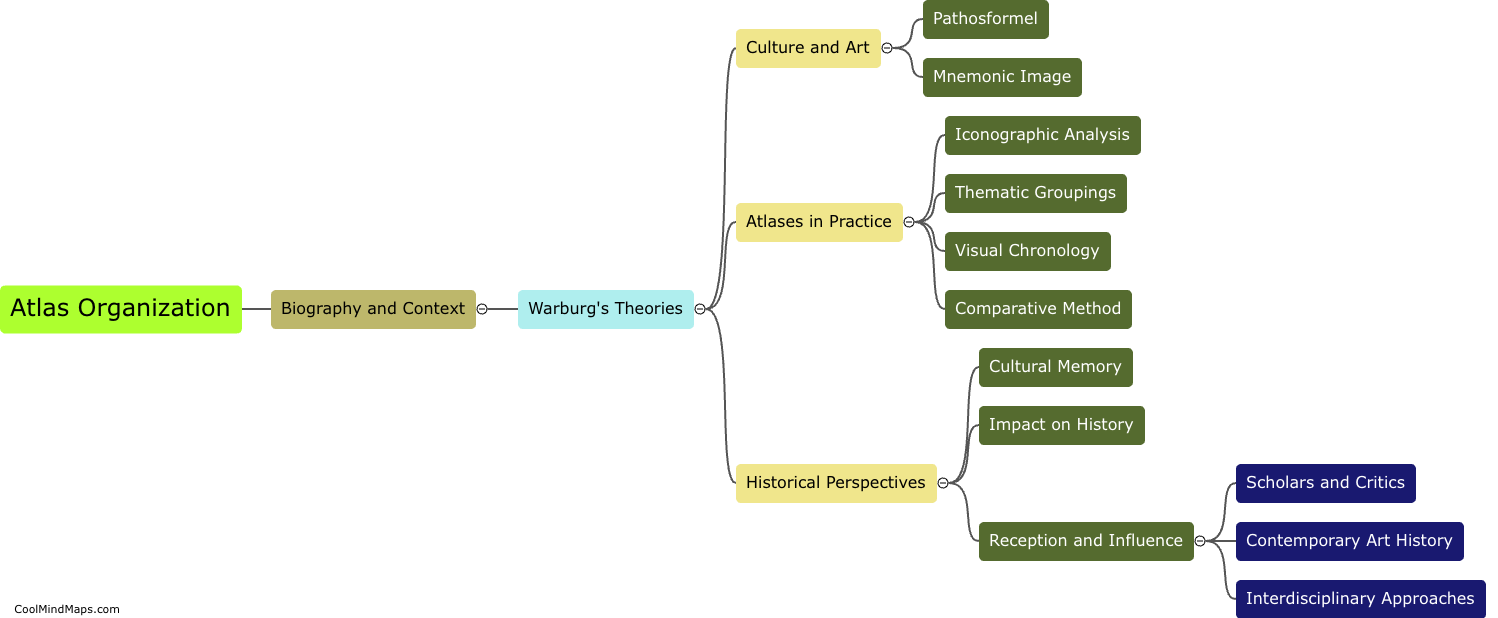What role did symbols and motifs play in the organization of Aby Warburg's Atlas?
Symbols and motifs played a crucial role in the organization of Aby Warburg's Atlas. Warburg was a German art historian who compiled a vast collection of images and texts in his Atlas Mnemosyne, seeking to understand the interconnectedness and symbolism in art across different eras and cultures. The organization of the Atlas relied heavily on symbols and motifs as a means of categorization and analysis. Warburg believed that certain visual elements, such as gestures, poses, and recurring motifs, could convey universal ideas and emotions. By arranging images according to these shared symbols and motifs, Warburg aimed to reveal the underlying connections and patterns in human expression and thought. Thus, symbols and motifs served as the organizing principles that made the Atlas a comprehensive visual encyclopedia of art history.

This mind map was published on 3 October 2023 and has been viewed 90 times.
